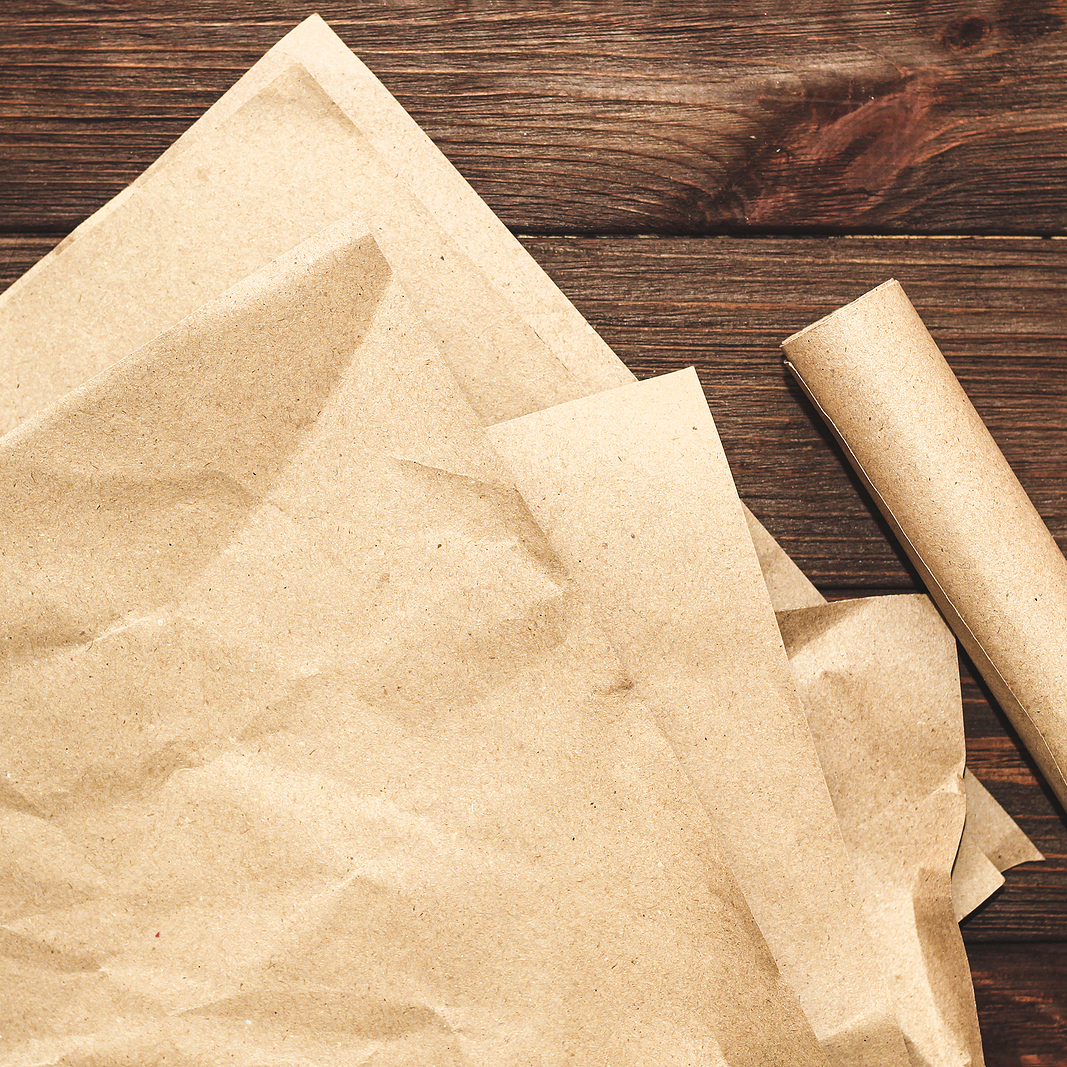
If you have ever bought paper for art packaging, you must have found yourself in a situation where you are confused about what you should choose. There are so many types and subtypes of packing materials that your brain can explode from information overload. Thankfully, there are a number of sources explaining to non-professionals why a certain thing exists and how you can benefit from it. Today, you can learn more about the difference between two popular types of materials: glassine paper vs parchment paper. Let’s take a more detailed look!
Glassine Paper vs Parchment Paper: See the Difference
Are those two types of paper the same thing? The short answer is no. And while most characteristics may indeed be similar, there are different philosophies behind the two. For a longer answer to the glassine paper vs parchment paper debate, you should find out more about each product so that you can adequately compare them.
Glassine Paper
Experts consider it one of the most effective sustainable packing solutions as of today. It is made of pulp from hardwood trees such as oak, birch, aspen, and gum. That is why it is fully recyclable and biodegradable. Partial transparency is a distinct characteristic of glassine paper and is often the first thing that pops up in your mind when you hear the term. So, what are its benefits?
Packaging made with glassine paper is resistant to moisture, air, and grease. That is to say nothing of its chemical structure, which makes it completely acid-free and PH neutral. Contrary to popular belief, it is also pretty stiff and durable and hence provides better protection as compared to other products with which it is often confused; for example, parchment paper.
Parchment Paper
Also known as vegetable parchment, it is a cellulose-based composite valued for its non-stickiness. The glassine paper vs parchment paper debate becomes less heated when you learn that the latter is commonly used in baking. It saves a lot of your time and makes any cooking process less messy and dirty.
As well as its opponent, it is also resistant to grease, dirt, and moisture. However, you cannot easily compost it even though the paper consists of cellulosic fibers.
Conclusion
People use parchment paper for cooking and backing because it can withstand high temperatures. However, it is not a very sustainable product and can stick to the front surface of a painting. Glassine is more versatile in usage and is regularly chosen for protecting art. In some situations, though, those products are interchangeable. Hopefully, this information will help you choose the right one.
